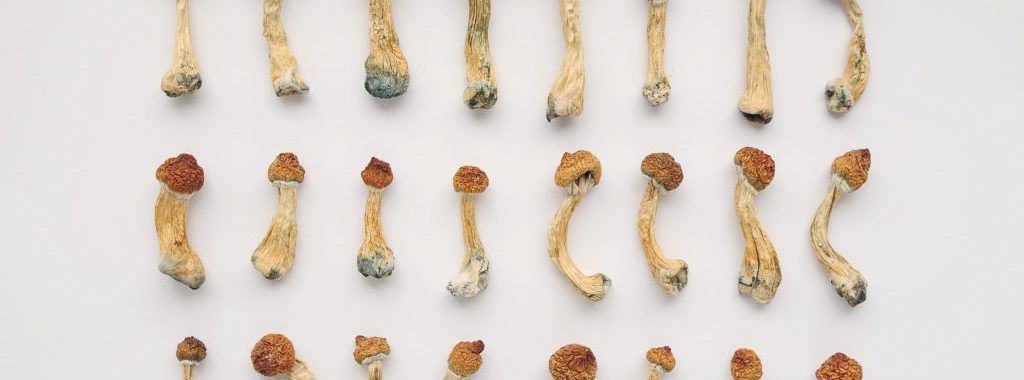The use of small amounts of hallucinogenic substances, especially mushrooms, is becoming increasingly common and is now widespread in the United States. For those who do, it is not a question of achieving an effect close to that caused by the drug, but of feeling more focused, more creative and more anchored in the present moment.
Among the substances consumed is psilocybin, a substance derived from hallucinogenic mushrooms. This substance is particularly used at low doses. In this article, we invite you to discover what psilocybin is, how microdosing works, and what are the positive effects you can expect.
Why a microdose of mushrooms for health?
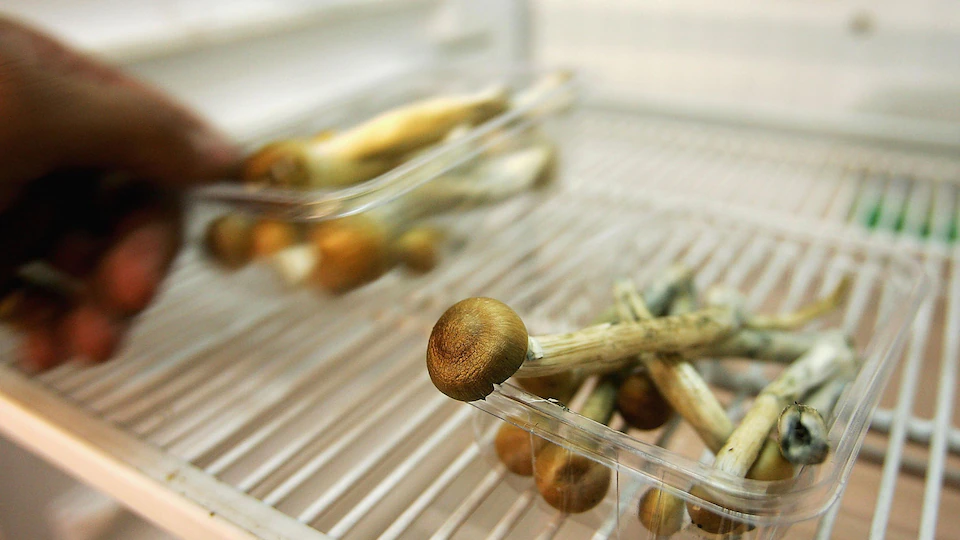
Microdosing, a beneficial practice for the brain
Let’s start by looking at the practice of microdosing or consuming a microdose, that is, a small amount of substance derived from hallucinogenic mushrooms. Microdosing usually involves taking tiny amounts of psychedelics (one-twentieth to one-tenth of the dose causing noticeable effects).
The practice has spread from San Francisco to New York and throughout the United States. People say they use it not to escape their daily lives but to improve it. Thus, if you use microdosing, the amounts are said to be sub-perceptual, without the side effects of a drug.
Users say they are still themselves, but better, as if they are increased or their health is improved.
Microdosing mushrooms instead of drugs: lessons from a recent study
A recent study shows that drug use is trending down in America, at least when it comes to hard drugs like cocaine. Instead, consumers are interested in LSD or mushrooms.
Frequently reported health benefits include improved mood, better eating and sleeping habits, and less need for caffeine.
Microdosing : definition
But what exactly is a microdose? A microdose is generally considered to be a 20th or one-tenth of a normal dose. In case of hallucinations, it is because you have consumed too many hallucinogenic mushrooms.
The purpose of consumption in small quantities is precisely to provide health benefits, for example against depression, but without having the side effects or psychedelic.
Hallucinogenic mushrooms and psilocybin
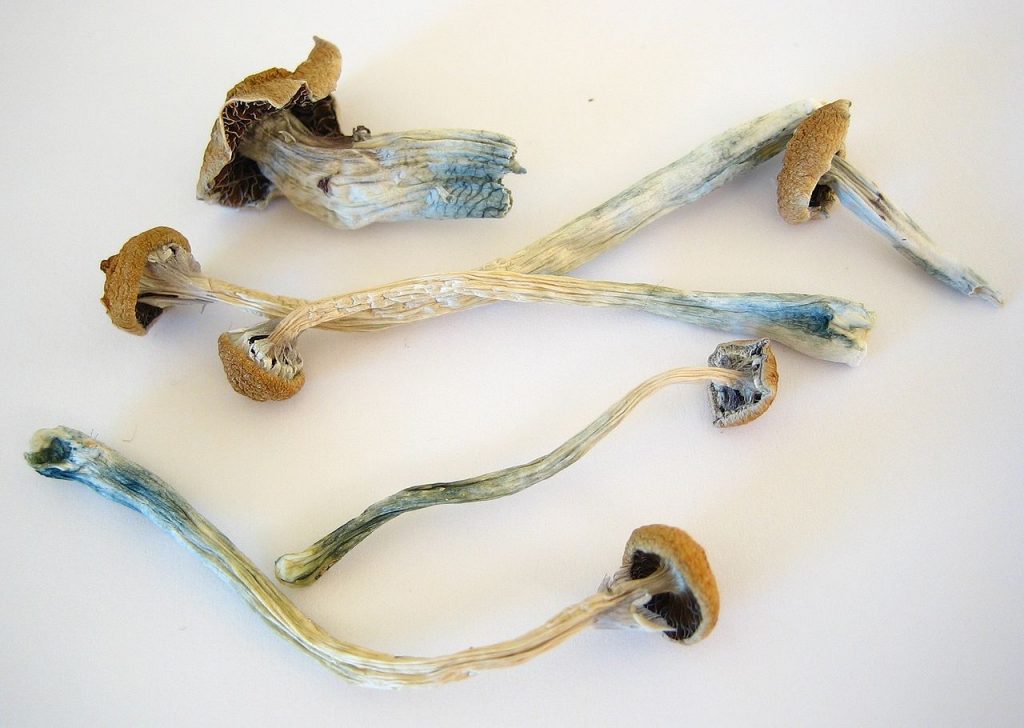
What is psilocybin?
Psilocybin is a substance found in “magic” mushrooms or hallucinogenic mushrooms. The substance called psilocybin is called psychoactive and that is what it is, instead of a hallucinogenic substance, at least when microdosing is practiced. “Magic mushrooms” contain a psychoactive compound, psilocybin. They can be eaten, brewed in tea or coated in chocolate.
Psilocybin (4-phosphoryloxy-N,N-dimethyltryptamine) and psilocin are chemicals obtained from certain types of dried or fresh hallucinogenic mushrooms found in Mexico, South America, and the southern and northwestern regions of the United States.
Psilocybin is classified as an indole-alkylamine (tryptamine). These compounds have a similar structure to lysergic acid diethylamide (LSD), and are consumed for their hallucinogenic and euphoric effects that cause a “trip”. The hallucinogenic (psychedelic) effects are probably due to action on the serotonin (5-HT) receptors of the central nervous system.
There are more than 180 species of mushrooms that contain the chemicals psilocybin or psilocin. Like peyote (mescaline), magic mushrooms have been used in indigenous or religious rites for centuries.
Psilocybin and psilocin can also be produced synthetically in the laboratory. According to some reports, psilocybin bought on the street may actually be another species of mushroom mixed with LSD.
What are magic truffles?
Psilocybin or magic mushrooms are of natural origin and are consumed for their hallucinogenic effects. They belong to a group of drugs known as psychedelics, which trigger changes in perception, mood and thinking.
The key ingredient in magic mushrooms is psilocybin. When psilocybin is consumed, it is converted in the body into psilocin, which is strictly speaking the chemical with psychoactive properties.
What do these so-called magic mushrooms look like? Well, these are actually mushrooms with a quite classic appearance, they look like other, ordinary mushrooms, which can be found commonly in autumn.
There are many kinds. Psychedelic mushrooms, sometimes called magic truffles, are suppliers of psilocybin and resemble poisonous mushrooms.
How to consume magic truffles rich in psilocybin?
Magic truffles have long, thin stems that may appear white or grayish, topped with hats with dark gills on the underside. Dried mushrooms are usually rusty brown in color with isolated areas of off-white.
Mushrooms are ingested orally and can be made into tea or mixed with other foods. Mushrooms can be used as a fresh or dried product. Psilocybin tastes bitter and a little unpleasant.
Most often, consumers resort to mushroom powder, sometimes packaged in plant capsules. There is also synthetic psilocybin, which comes in the form of a white crystalline powder. This is another way to enjoy this substance.
Psilocybin extracted from mushrooms, regardless of how you consume this substance, is a very active on the brain, and that is why it is interesting to microdose, to reduce the amount and better control the effects
The effects of psilocybin and psychedelic mushroom extract

Effects of magic truffles
Researchers in the United States and the Netherlands consider that there is no real safe level of drug use. Regarding the effects of psilocybin on the brain and health, it is important to be cautious and it is in this context that microdosing is recommended. Indeed, using a drug always involves risks.
With mushrooms, depending on the method of preparation, it is difficult to dose, or judge the dose in the product, because not all magic truffles contain the same amount of active substances on the brain.
Thus, magic truffles can affect each person differently, depending on height, weight and health status. Regular use also varies the effects, as does the dose. Substances also have a greater or lesser effect depending on whether other products are taken simultaneously, for example against depression.
These other substances, which interact with truffles, can be drugs or medicines. The dose consumed is important, as is the content of the truffle in active substances. Like any drug, a substance like psilocybin can be addictive, which is why microdosing is recommended, as we will see below.
It should be noted that the effects on the brain of truffles and psilocybin usually manifest themselves in 30 minutes when consumed directly, or in 5 to 10 minutes when they are prepared in the form of soup or tea. The duration of manifestations depends on the doses, but in general it is a range between 4 and 6 hours, sometimes much longer, and up to three days.
Results of taking psilocybin at normal doses
The consumption of psilocybin in normal doses, that is, by proceeding to the infusion or preparation of a soup, causes euphoria and well-being. Taking it reduces anxiety. The substance induces a change in states of consciousness, affects mood, thought and perception. With a strong dosage, we talk about a trip.
The use of magic truffles rarely results in life-threatening symptoms. If consuming a large amount or a strong batch of mushrooms, the person may experience the following symptoms.
There can then be dilation of the pupils, or even danger to health, changes in perception, such as visual and auditory hallucinations, gastric discomfort and nausea. Overdose leads to an increase in body temperature, a change in heart rhythm, vomiting and other disorders, such as headaches.
But then what? How to enjoy psilocybin without the side effects? And without sinking into a psychedelic delusion? You guessed it: this is where microdosing comes in!
Long-term disadvantages
Psilocybin in high doses can cause persistent headaches, which can last for several hours to a day, usually. We talk about delayed headaches. In addition, once the effects are over, the person may experience exhaustion, depression, anxiety, an altered state of consciousness that persists in the form of flashbacks.
There are also emotional and perceptual disorders. A dependency effect may also appear in some cases. Again, nothing like it with microdosing and psilocybin in microdose.
Key Benefits of Microdosing Psilocybin
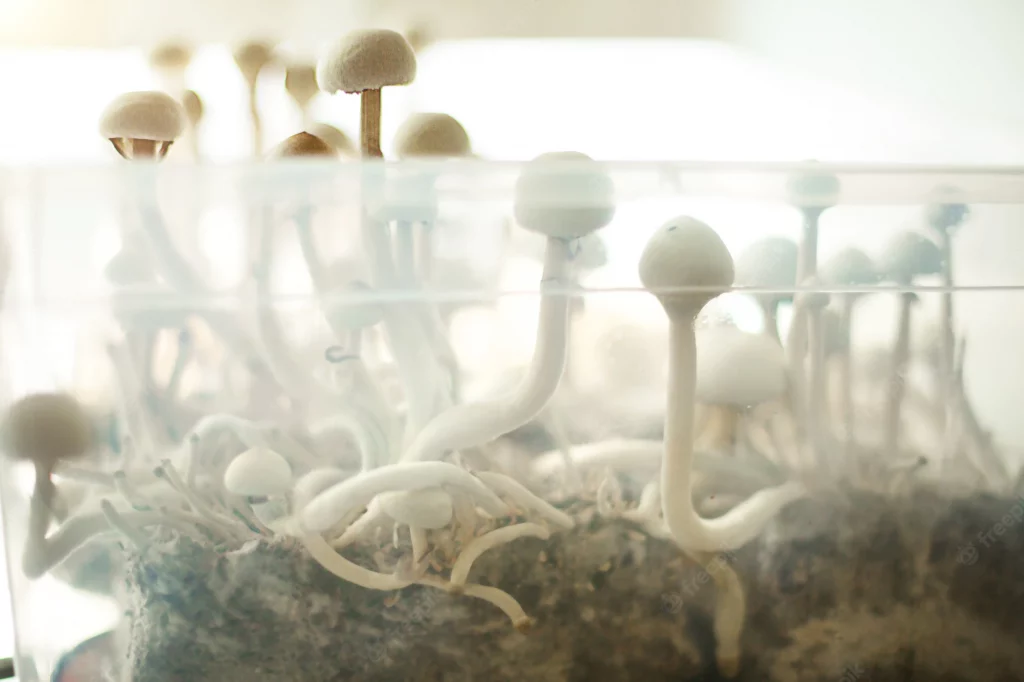
The effects of microdosing: much milder
About an hour or two after ingesting the microdose, people notice an increase in concentration and energy. Many users find that treatment helps them wean themselves off antidepressants — and not take them. It can help alleviate the side effects of withdrawal and even alleviate depression. Many also talk about the ability of psychedelic treatment like psilocybin to increase empathy.
Consumer studies show, however, that most seek more creativity or the easing of a number of health disorders. To achieve these effects, low doses, as in microdosing, are obviously recommended. In particular, they help fight against anxiety.
Microdosing according to Fadiman
One of the undisputed specialists in microdosing is Fadiman. Originally, it was to microdose LSD and several studies have been conducted in this direction in the United States. Thus, researcher Albert Hoffman suggested that taking 10 to 20 micrograms of LSD could have a positive effect on mental health and physical functioning.
Preliminary reports indicate that this is often the case. Robert Forte told James Fadiman about Hoffman’s suggestions and his own consumption. Fadiman then began interviewing others about their experiences using psychedelics at these extremely low doses.
Based on a series of individual reports, Fadiman then developed a first self-learning protocol for microdosing LSD from 400 participants. Many truffle consumers are now following his protocol and the results of this study, even if it remains disputed in terms of health benefits.
Still, the study in question can also serve as a basis for microdosing magic truffles and psilocybin, for all those who wish to improve their health. One thing is certain, in any case: to boost your creativity, as many young creatives want today, it is better to microdose products like psilocybin, which allows you to take some precautions.
Microdosing psilocybin: details on this treatment
Nearly a decade after psychologist and researcher James Fadiman introduced the notion of microdosing and devised a widely followed protocol for it, and three years after psychedelic microdosing became Silicon Valley’s latest “productivity hack,” all evidence of its effects has remained anecdotal.
Since psilocybin is illegal almost everywhere, it has been virtually impossible to study scientifically. However, this situation is changing, as the Netherlands and other countries decriminalize it and scientists in countries where it remains illegal obtain permission from the government to submit it for study.
Microdosing involves taking about one-tenth of the dose of a psychedelic product, a dose too low to trigger hallucinations but sufficient, according to its proponents, to sharpen the mind and creativity. Proponents of psilocybin microdosing report that products like psilocybin can increase creativity, calm anxiety, decrease caffeine cravings, and reduce depression.
For now, however, there are too few studies on microdosing. It’s a shame, because the track is interesting in terms of health and improving well-being.
The Netherlands looks at microdosing
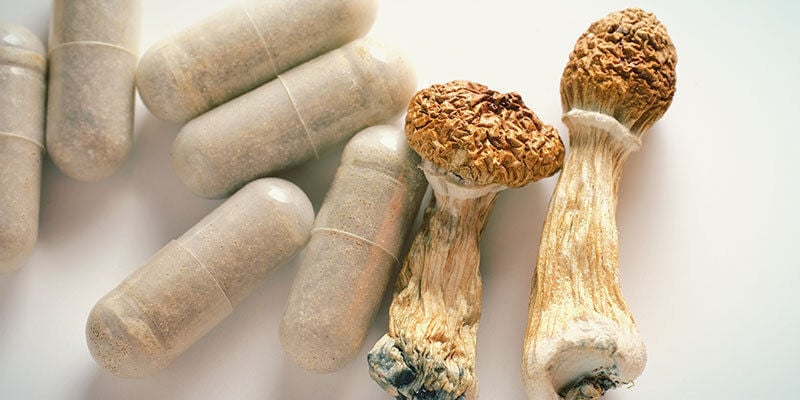
As we have seen, the Dutch are in the process of liberalizing the use of certain psychedelic products and that is probably why it is on this side that we must look to find interesting studies on the subject. Magic truffle extracts inspired psychologist Bernhard Hommel of Leiden University who led a study on the issue.
Improved performance
The specialist found in this study that “performance was significantly higher” in tests of convergent and divergent thinking. Converging thinking is the ability to focus on abstract concepts to identify a single solution to a well-defined problem. Divergent thinking requires meandering mental incursions and mental flexibility. Psychologists consider both to be ingredients of creativity. This explains the effects of magic truffles.
Binding to serotonin receptors and neurotransmitters
At any dose, psilocybin (O-phosphoryl-4-hydroxy-N, N-dimethyltryptamine) binds to receptors for the neurotransmitter serotonin. The cortex is full of these 5-HT2A receptors, especially in areas that control thinking, imagination and introspection, but “whether there is a minimum dose is an empirical question that we’re trying to answer,” Homme said. This remains to be demonstrated and much research may still be needed on this type of treatment.
The protocol of the Dutch study
Before receiving their microdose, the volunteers took three standard psychological tests, two related to creative problem-solving and one related to the assessment of fluid intelligence. The scientists performed chemical analyses of the mushroom samples to determine how much psilocybin they contained.
As one trip dose corresponds to about 3 grams of dried mushrooms, a microdose corresponds to about 0.33 grams. Participants consumed an average of 0.37 grams of the dried preparation, which can be taken with food or packaged in capsules to be swallowed easily. About 90 minutes after the microdose, participants repeated all three tests.
Today, the legal restrictions governing the consumption of products with significant effects on the brain, such as magic truffles, are gradually being loosened. Researchers are interested in the issue, while integrating health issues and not only the immediate benefits on creativity or reduced anxiety, as reported by consumers. In this context, microdosing seems to be a practice destined to prevail in many contexts, especially if this study, which we cited below, manages to show the absence of side effects thanks to microdosing.

